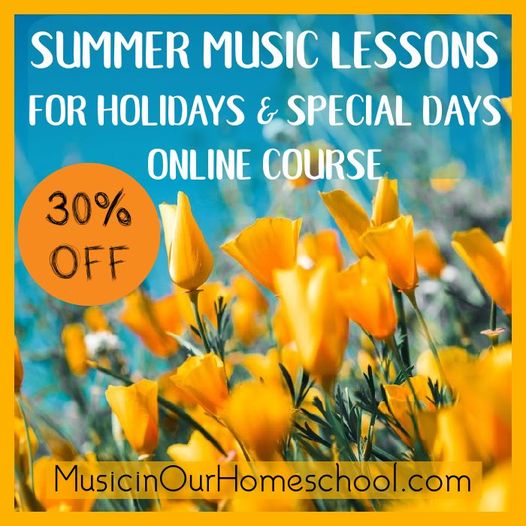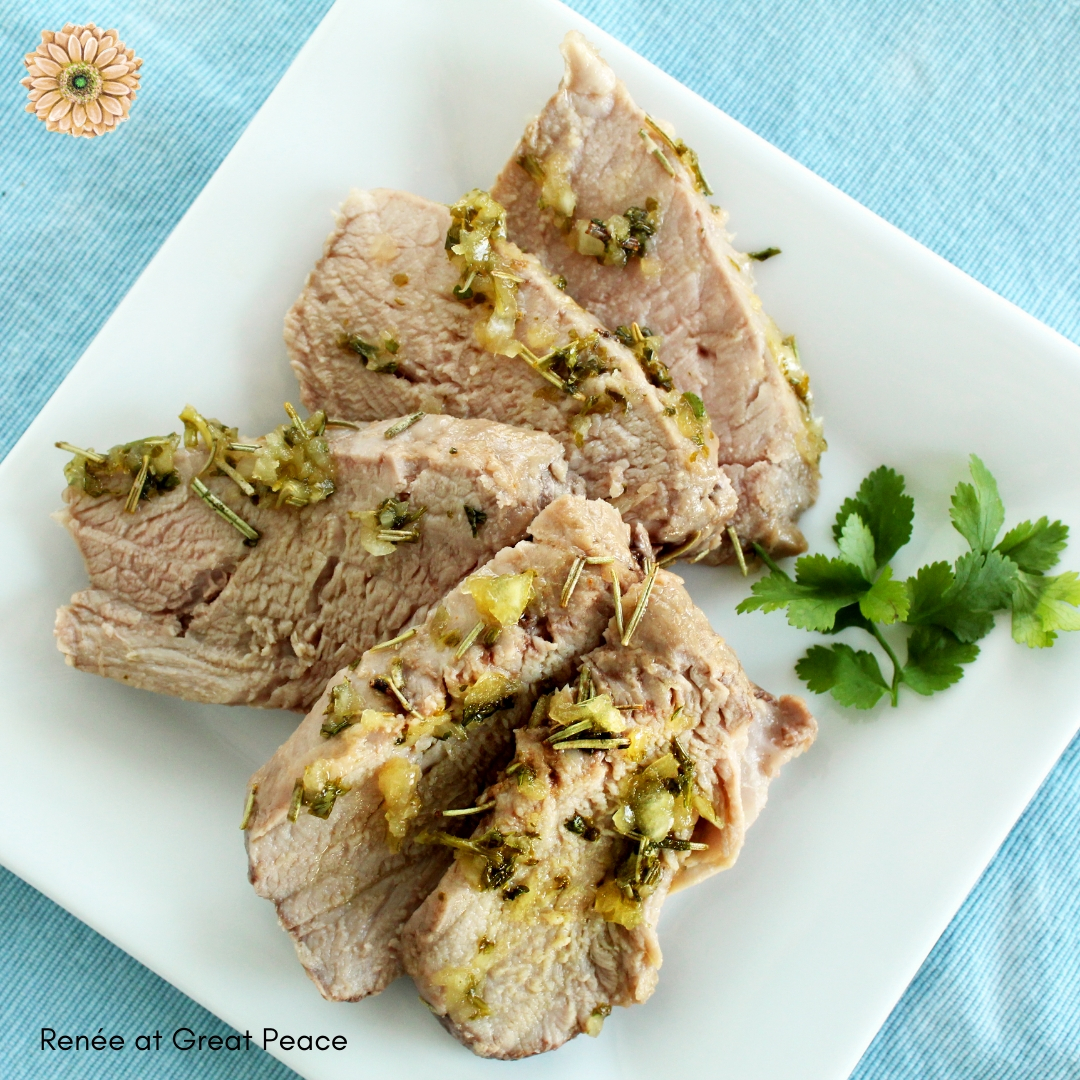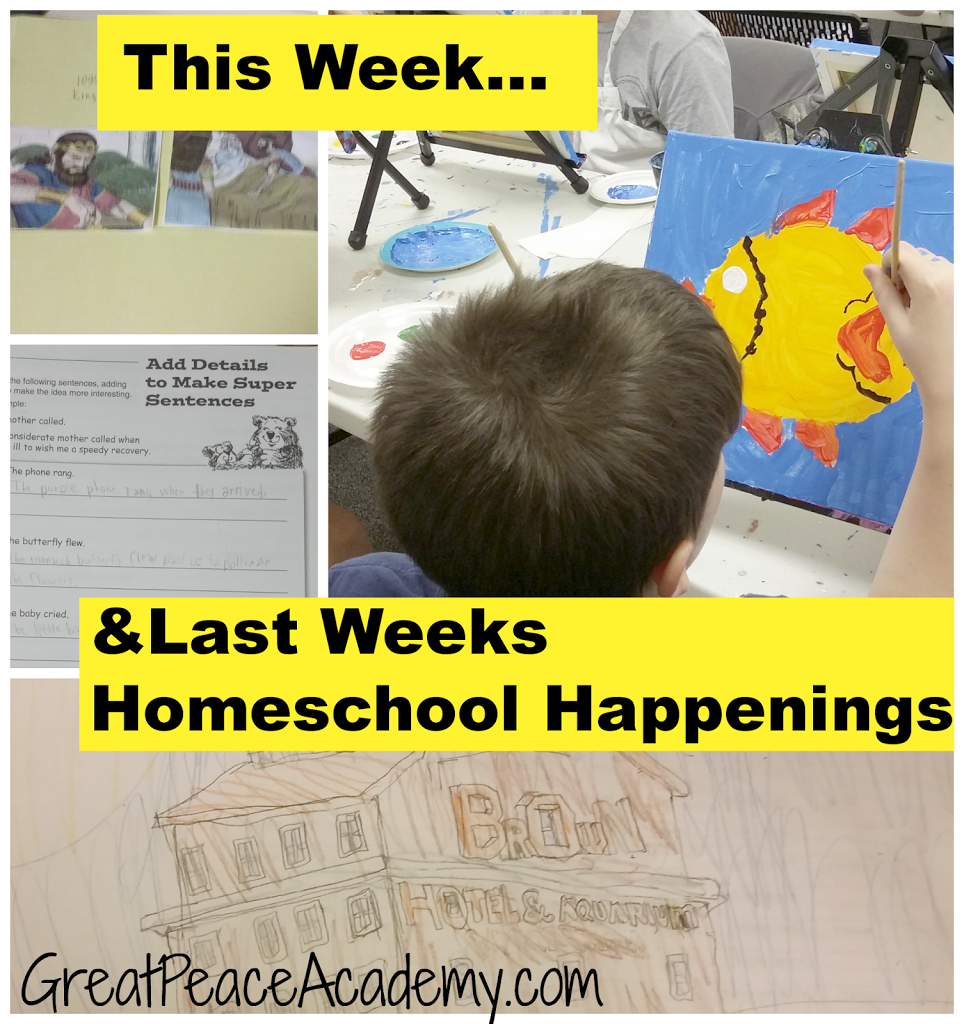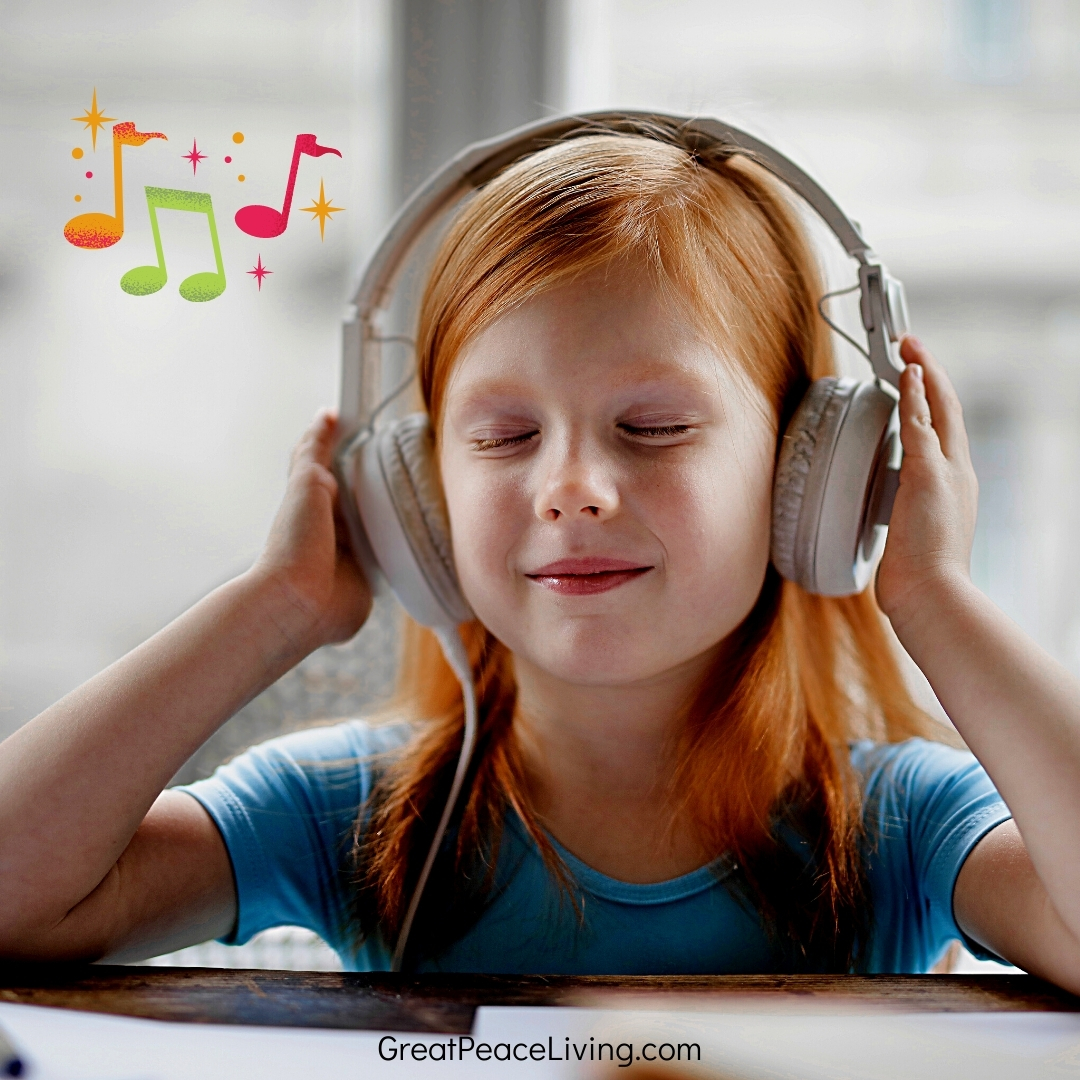
How to Teach Classical Music in Homeschool
Teaching music in homeschool is certainly something that most parents realize they need to do. And, there are many ways to go about teaching the subject. You can teach everything from learning to play an instrument to teaching music by genre. And, as modern day homeschoolers perhaps you have focused more on 80s rock than classical music. But, today I want to share with you why classical music instruction is in homeschool is important to add to your line-up.
The truth is what most people call classical music is really multiple genres. The term classical music has become a generic term for the genres of baroque, classical, and romantic eras. These eras span about a 300 year time span.
Imagine for a moment if we were to include today’s pop music to ragtime music and call it all pop music. That just simply doesn’t make sense does it? Those genres are about 100 years apart and what we know as modern pop music has very little, if anything, in common with ragtime music.
This post contains affiliate advertisement links.
Teaching music is not only about the music. It has many added benefits to an academic education. Music is really about math and learning it, or even just listening to it can activate neurons in the brain in specific areas that build memory in ways that other forms of education simply does not. It helps connect neural pathways.
Music helps to develop the ability to recognize patterns and that increases one’s ability to be use their executive functioning skills. Which gives more ability to do logic and reasoning.
Having an understanding of music can increase academic test scores
There are many scientific principles associated with music. Listening to and learning to understand music provides an awareness of scientific principles such as sound waves, vibration, and friction. Plus other audible principles like tonality, acoustics and pitch. These are skills that help in real life careers including everything from robotics and medicine to mechanics and engineering.
Students who have music knowledge tend to think of their world in a more global sense, and can find themselves interested in other cultures, especially when they begin to explore the correlation between culture and music.
These are just a few reasons why music is important for homeschool, and other academic, instruction.
Understanding the Classical Music Terminology
When many people discuss classical music they really mean to say the classics. It’s like when we refer to the classics in literature. Great music by expert composers that were created before the 1900s. That’s how we refer to classical music.
Eras of Music
Early Music – Anything composed from around 500 AD to about 1600 is considered early music. This covers the periods of history known as the medieval period and leads into the renaissance.
Baroque Era – This era spans from 1600 to about 1750 and you’ll discover composers such as Bach, Vivaldi and Handel during a study of this period. The music of this period is structured with flowing melodies and can be elaborate in style. King Louis the 14th of France and King Charles II and George I of England reigned as the great era of exploration was beginning of the Atlantic Ocean and the New world.
Classical Era – This period lasted from the mid 1700s through much of the 1820s. This period of music was when Mozart and Beethoven were composing and their works focused on form and tonality. When listening to this era of music it can have a vibrant sense of speed and frivolity and might seem playful to a child’s ear. In fact, many of the pieces from this era are utilized in our modern day cartoons to affect that playful spirit.
Learn more about the classics by reading this list at Classics for Kids.
Romantic Era – The romantic period gave us Mendelssohn and Chopin, along with many other marvelous composers. This time period is filled with music that tells a story. Perhaps it paints a musical picture of landscapes or a military march, or the spooky night of Halloween.
Impressionist Era – This era is sometimes considered part of the romantic era, but really it bridges that period with the modern period. It coincides with the impressionist art period in which artists painted things not as they look in reality but in a way that leaves the impression of the subject. The music of the era did a similar thing, it created a sense of wonder and curiosity rather than a straightforward representation of a mood or feeling.
The Modern Era – This period of music history is really considered anything produced after the 1900s. Yet, it fully comes into it’s own era in the mid 1920’s when the roaring 20’s came into full view. This modern era brought in ragtime, jazz, folk music and leads us fully into the modern music of rock and roll, pop, heavy metal, and country.
Ways to Approach Teaching Classical Music
Teach Music Classics Alongside History
These eras of music played key roles in each period of history in which they were composed. Today, we watch movies with soundtracks that leave us with many memories and an overall impression of the storyline. That’s what music did for the people who lived in the time of each era. The music serves as the backdrop for telling the story of life in which they lived.
Much like Bon Jovi explains the hardships of the working class with the song Living on a Prayer, music from the classical era is the music of the working and middle class society of it’s day. It’s the music of the people, while the music from the baroque era is music of the well-to-do, the elite, and the royals of their time. Although, many composers themselves were poor, and destitute, the wealthy paid them to write music that they could dance to.
So combining a study of history with the music of each of the eras studies helps a student to envision what life would have been like for those they are studying.
Combine a Study of Music with a Study of Art
Music and art go hand in hand in the same way that music and history do. Artists such as … and … were contemporaries. They lived in the same time period, and often knew each other. They often, worked for the same wealthy elites. And, artists were telling the story of history through visual creations while musicians were telling the story of history through song.
Combining music with art is a natural way to teach classical music studies. And, if you combine all three, music, art and history you will truly be able to help a student understand what life was like in these eras.
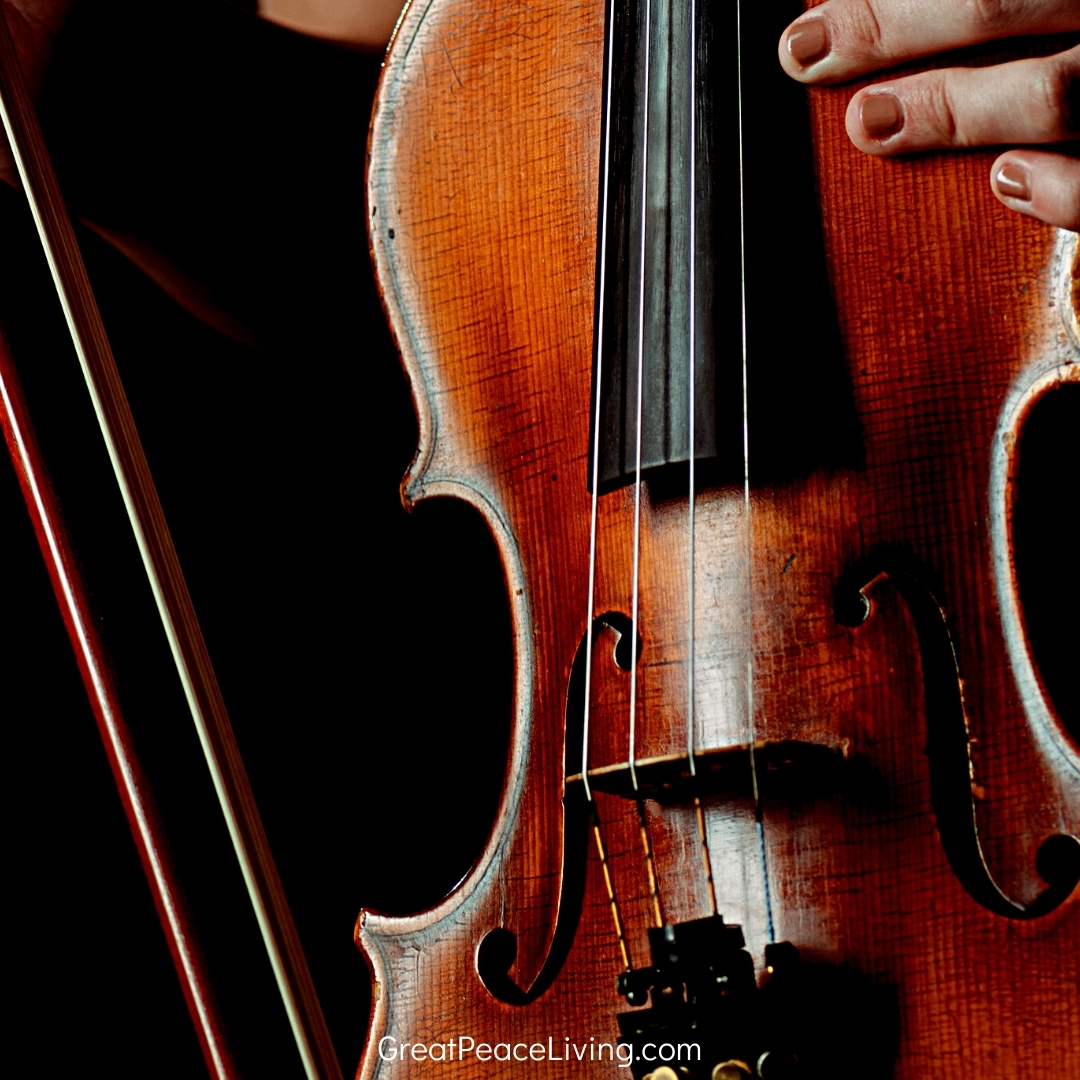
A Music and Literature Study
Whether you are a classical homeschooler, or a Charlotte Mason homeschooling family or any other kind of homeschooler, the reality is music is a great backdrop to read alouds. And, when you do a study of literature as a companion to great literature you’ll help the mind to think differently about what is being read.
You can do this by simply playing music in the background as the children read. And, give them a list of music that was played during their reading. As they get older they will begin to associate great music with great literature and when hearing a piece in the future they’ll be reminded of the stories they’ve read.
Another option is living literature books. These are books that teach about music or composers in a story setting.
- You can find some great living literature books by the author, Opal Wheeler, that will really help your children to understand the lives of the greatest composers of all time.
- Another way to teach music with literature is by reading about instruments such as The Story of the Orchestra by Robert Levine or Welcome to the Symphony: A Musical Exploration of the Orchestra Using Beethoven’s Symphony No. 5 by Carolyn Sloan.
- Study great plays along with the music that coincided with the era they were written in, or even, those which were written for the plays like this 10 Weeks of Shakespeare Course.
- Hymn studies are another great way to teach music in literature. Many hymns were written during the three eras of baroque, classical and romantic periods.
- And this Year Long Charlotte Mason Music Study is a great guide that combines music from many eras from classical to modern and hymns to folk music.
There are many great ways to learn about the classics of music. And, if you choose to dive into a study of the classical music era you’ll discover that your whole family will begin to sort of skip through your day as you play it in the background. Who knows it just might become the soundtrack for your homeschooling routine.
Feeling overwhelmed by how many things there are to teach when it comes to music in homeschool? How about giving these 15-Minute Music Lessons a try.
Want to know more about teaching music in homeschool? Click these links to discover how you can truly incorporate music instruction into your homeschooling routine.
Top 10 Music Appreciation Curricula for Homeschoolers
Unit Studies for Teaching Music in Homeschool
Comprehensive Music Appreciation from Zeezok
An Incredibly Easy Way to Teach Guitar in Homeschool






